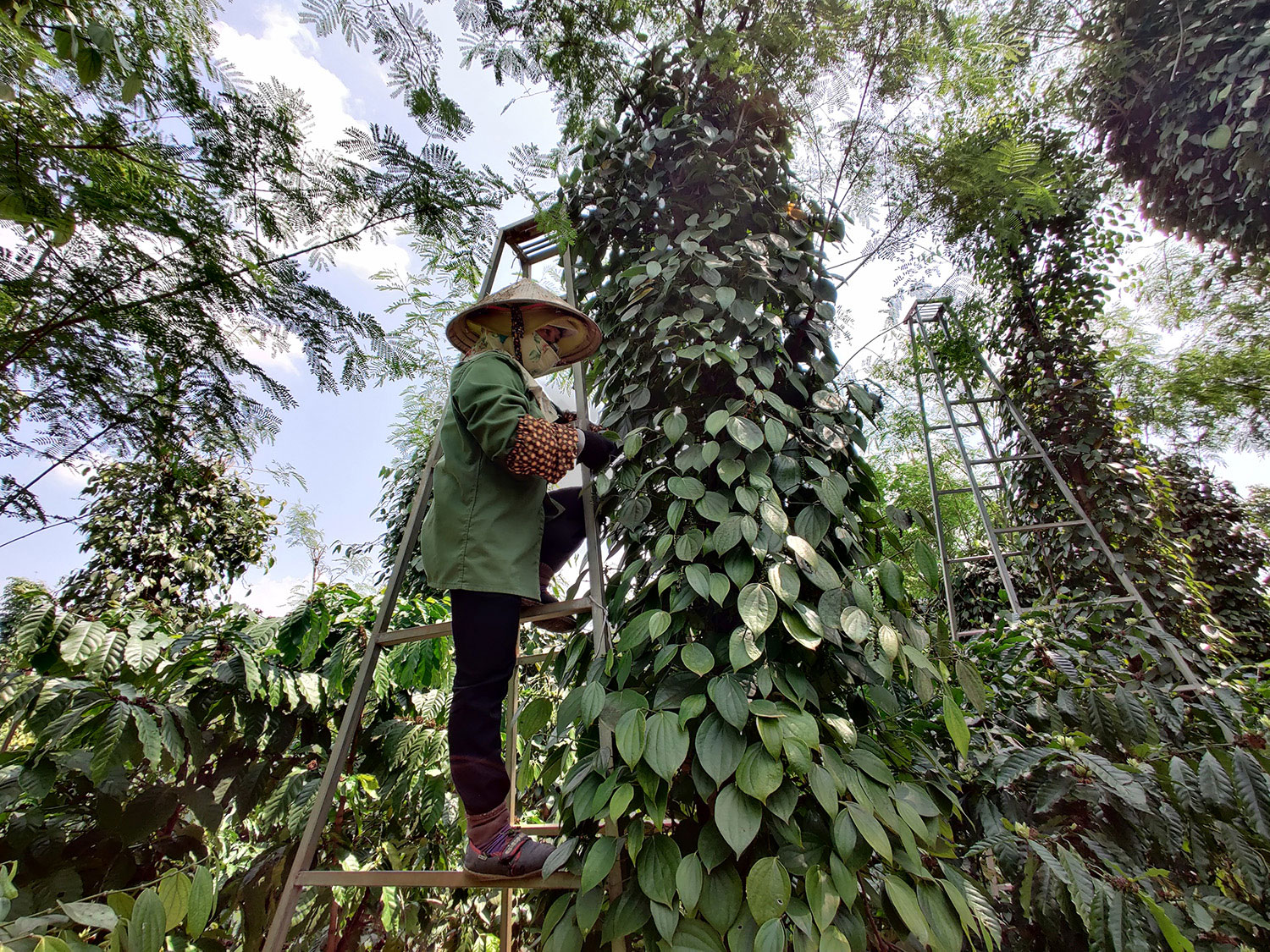

Vietnam produces more than a third of the world’s pepper, and more and more companies are turning to the country for their pepper sourcing. At the same time, European food industries and retailers are getting increasingly conscious of the social and environmental aspects related to spice production. One clear reflection of this is in The Netherlands, where the “sustainability agenda” has become a key topic in Dutch policy-making. Within this context, a consortium of Dutch brands launched an initiative to eliminate child labour in the black pepper supply chains in Vietnam, which is an importing sourcing country for them.
What was done?
Commissioned by the Consortium, The Centre for Child Rights and Business (“The Centre”) carried out an assessment study on child labour in supply chains of black pepper in Vietnam from late 2020 to early 2021, with the specific objectives to generate more in-depth information and further assess the scale, scope, root causes and possible mitigating measures related to child labour in Vietnam’s black pepper production, particularly child labour situations in selected supply chains. The assessment also sought to identify gaps and challenges in relation to child labour and child rights, to improve stakeholder’s understanding of the general and specific child labour risks and situations in black pepper production in Vietnam; and to prepare the groundwork for the development of a practical, coherent and business-oriented action plan for the elimination of child labour in the supply chain of the Consortium companies.
What child rights challenges did the assessment find?
Upon conducting walk-throughs in 31 pepper plantations, two cooperatives, two buying stations and one pre-processing factory, The Centre’s team found that numerous challenges exist including children involved in pepper work, young worker protection policies not being enforced, children of pepper workers not having access to education and/or dropping out of school early, and lack of childcare and poor living conditions for working families.
What are the next steps?
Based on the findings, The Centre presented concrete and actionable recommendations to the consortium for tackling the challenges on both a supply chain level and a sectoral level. For every recommendation, we indicated what risk area the recommended action would address, the scope, size of required investment, complexity and the expected effectiveness and sustainability in tackling a risk, in order to allow the consortium to derive a concrete action plan from these recommendations. The consortium is currently discussing which of these recommendations to prioritise, but it has already ensured the budget and the implementation is planned to kick off latest in Q4 of this year. We will keep you posted.
2025/12/04
Where are the Youth? Access to Decent Work for Youth in Sri Lanka’s Tea and Tourism Sectors2025/10/01
UN GCD Supply Chain Dialogue 2025 - From Checklists to Change: Innovating Human Rights Due DiligenceBy using this website, you agree to our use of cookies. We use cookies to provide you with a great experience and to help our website run effectively.